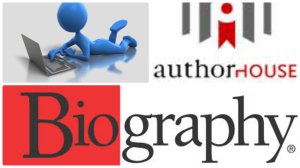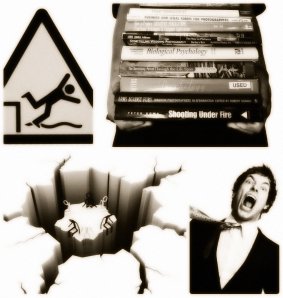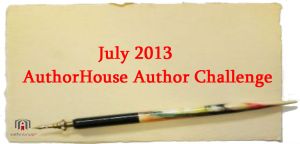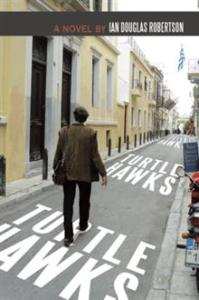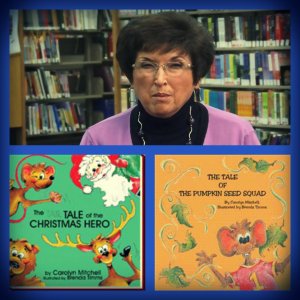The holiday season is nothing if not visual. Decorations, family celebrations, snowy scenes… Christmas might be the most photographed holiday of the year.

You can post your pictures online and enjoy immediate feedback, but there’s something about seeing your photos in a permanent, tangible collection. Today, AuthorHouse presents tips for seeing your pictures in a book instead of on a laptop screen.
Seek objective opinions about your work. Post samples online and read the comments–some of them might sting a little, but is the criticism valid?
- Try postcards. Postcards are a great way of gauging interest in your work.
- Show only your best work. You want to show only what you can do on your best day, and only choose the work that contributes to your book’s subject. This leads us to…
- Is your book subject- or photographer-oriented? Will the book showcase all your work, or draw attention to a particular subject? If the former, are you well-known enough to attract readers?
- Register a domain name. Once you decide on your book’s title, register it as a domain name so you can promote it online.
AuthorHouse looks forward to helping you get your book (and your photographs) on the bookshelves soon!
Related articles
- How Can I Write and Publish My Biography or Memoir? (authorhousepublishing.wordpress.com)
- AuthorHouse says, “Social Media Profiles Can Help Make Your Brand” (authorhousepublishing.wordpress.com)
via http://authorhousepublishing.wordpress.com
 ']]}
']]}




